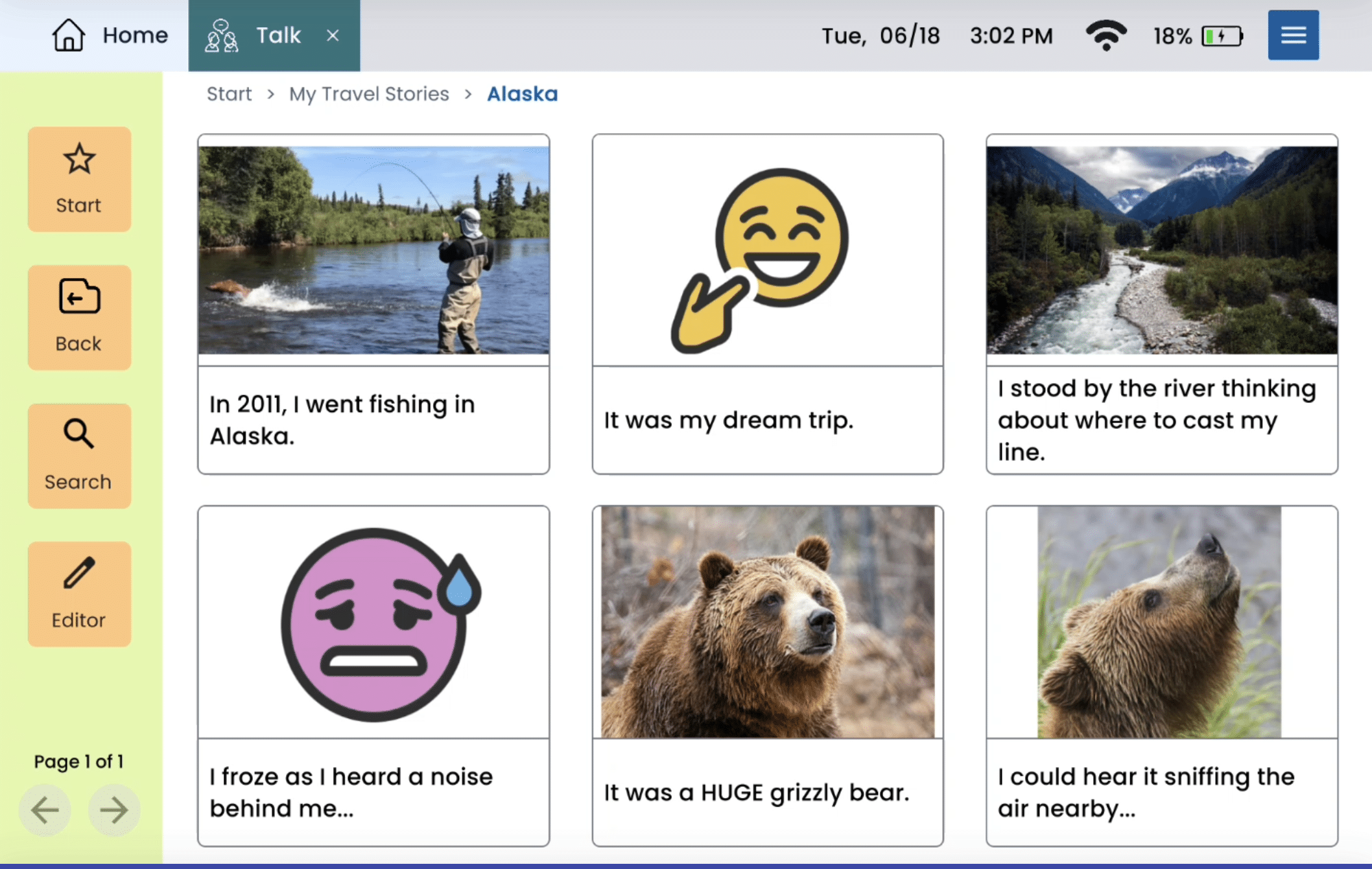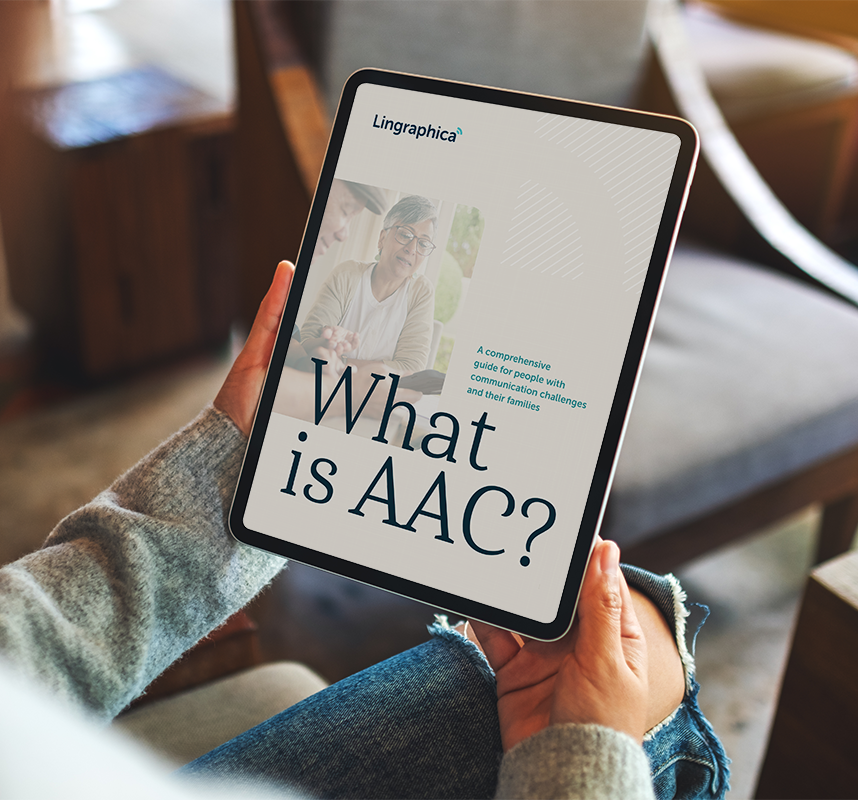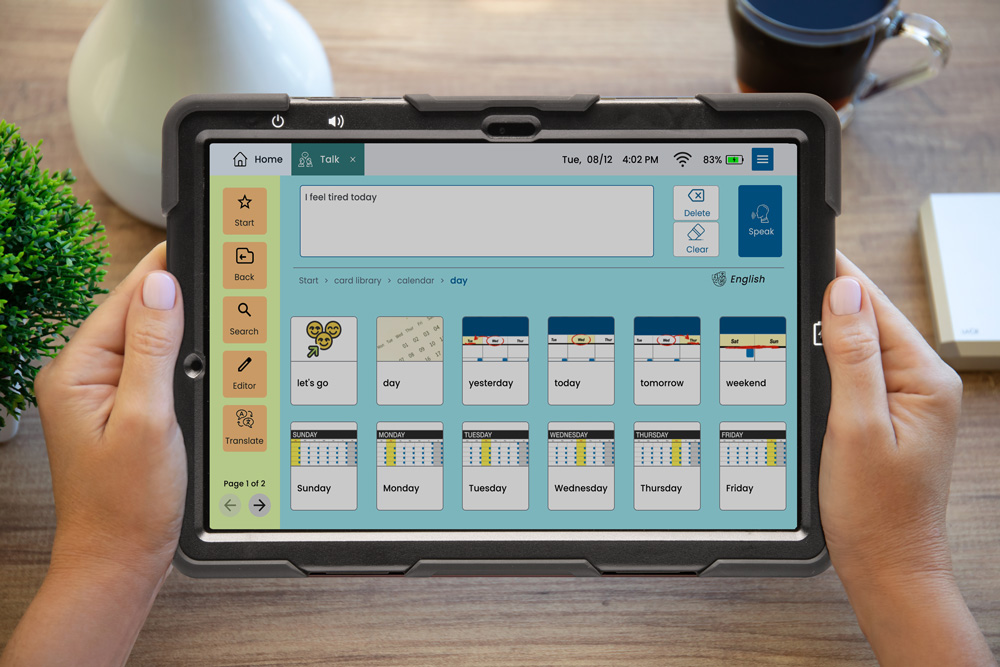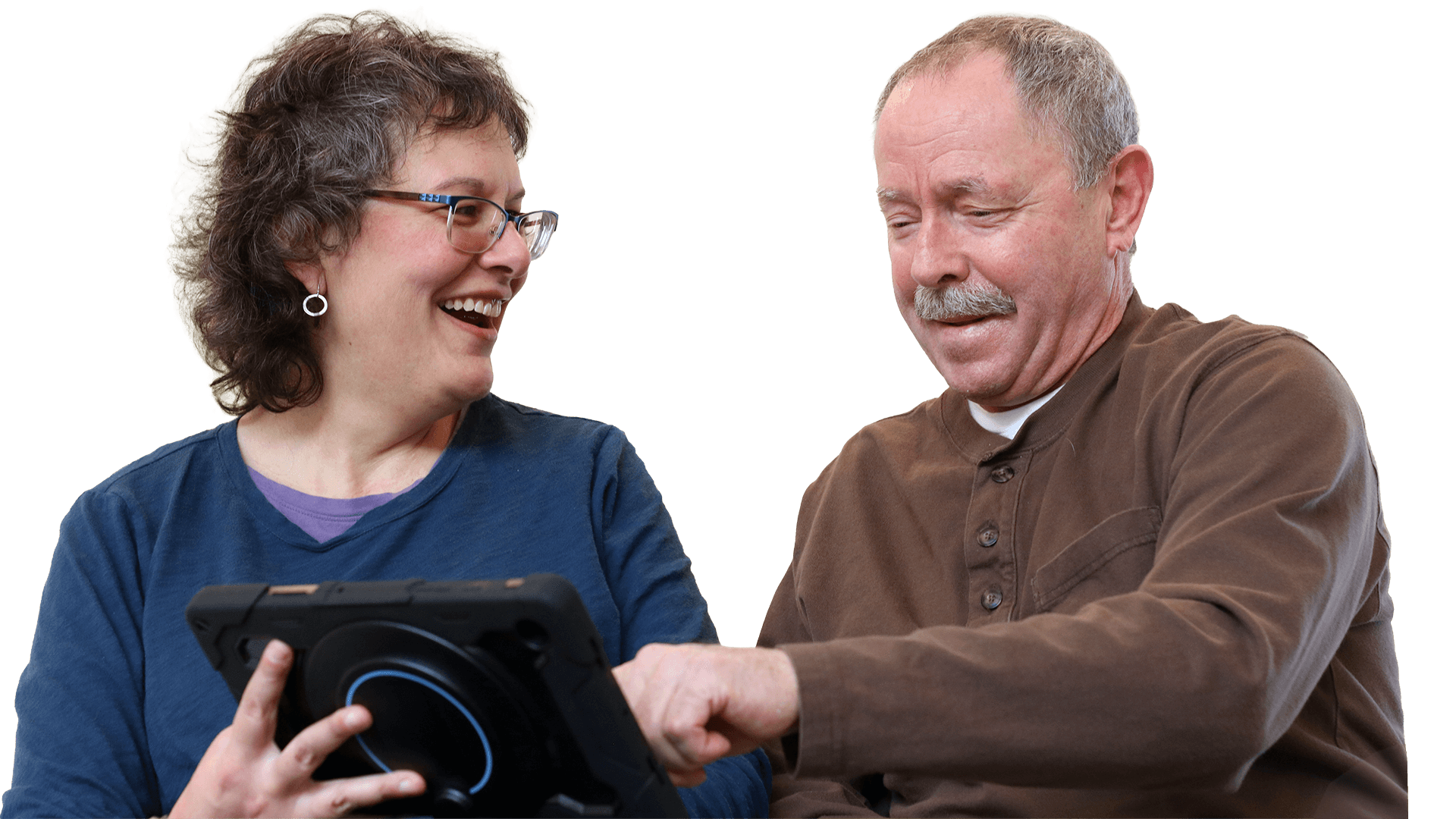3 Things to Consider When Choosing AAC Devices
Published on Aug 14, 2019

Although many people diagnosed with aphasia make a full or partial recovery, others may continue to struggle for months or even years. These individuals struggle with daily communication and are often susceptible to frequent communication breakdowns from fatigue, comorbidity, and stress.
For speech-language pathologists (SLPs), the job is to assist with daily communication by arming individuals with tools that will help them augment or replace verbal speech. One such option for dealing with communication breakdowns is an augmentative and alternative communication device (AAC).
While some clinicians think of AAC devices as an alternative solution for speech; many devices supplement speech and help individuals build phrases to functionally communicate. Here are three things to consider when choosing a device for a patient:
1. The Device Should be Customizable for Your Patient
Individuals are unique. That’s why you should ensure that whatever AAC device you choose can be personalized with custom icons, words, and phrases that are important and relevant to your patient.
2. No Device Is Going to Be The “Magic Bullet”
Setting expectations for what an AAC device can do is important. Patients and caregivers can at times become frustrated with what they perceive as a lack of sufficient improvement. Some may feel overwhelmed by the technology itself.
It’s important to encourage them to continue to use the device regularly. Progress may come slow at first, but inevitably most patients and caregivers do see an improvement in communication and quality of life.
3. Choose a Device That Does More Than Generate Speech
There’s no shortage of apps, electronic communication boards, and devices that can generate speech. However, many AAC devices serve the dual function of both helping to generate speech and provide therapeutic benefits.
As you may already know, people with aphasia can continue to see improvements in their communication ability even if it’s been years since they acquired the condition. So make sure to choose a device that offers them the ability to continue to practice even when they are not in your office.
About Contributor
Lingraphica helps people with speech and language impairments improve their communication, speech, and quality of life. Try a Lingraphica AAC device for free.













